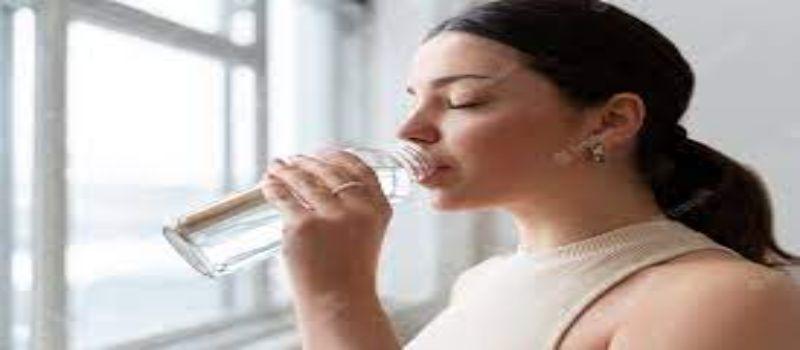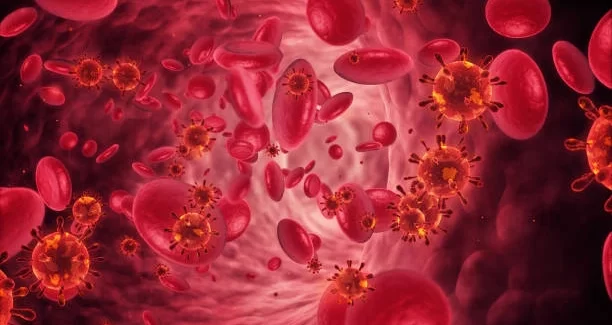How Much Water Should We Drink Every Day To Stay Hydrated In The Summer Season?

Posted Date: June 14th, 2023
The need for hydration is an integral part of human survival. Our bodies are made up of approximately 60% water thus signifying its crucial role in maintaining essential bodily functions. Water intake becomes even more vital during the summer season as high temperatures and humidity can lead to rapid water loss potentially causing dehydration.
Staying adequately hydrated especially during the scorching summer months is essential for maintaining optimal body function. In general the human body consists of about 60% water which plays a pivotal role in a variety of vital functions including maintaining bodily temperature, facilitating digestion, flushing out toxins and lubricating joints.
A common guideline often suggested is the “8×8 rule” – drinking eight 8-ounce glasses of water per day, roughly equivalent to about 2 liters or half a gallon. This is easy to remember but during summer the requirements might increase due to heightened sweating and water loss.
Now the aforementioned values apply to general, everyday conditions. But during the summer increased temperatures and physical activity lead to excessive sweating, a process our bodies use to cool down. With more water leaving our bodies the need to replenish becomes even more significant. But how much extra water should you drink?
People in hotter and more humid environments or those engaged in strenuous activities might require a considerably higher water intake.
An additional 1 to 1.5 liters (about 4-6 cups) is generally recommended during summer but again, this is a loose guideline and individual needs might differ greatly. Listen to your body – if you are feeling thirsty that is a clear signal you need to drink more. Other indicators of dehydration include dark colored urine, fatigue, dizziness or confusion.
Furthermore the level of physical activity significantly affects water requirements. An active person who exercises regularly or has a physically demanding job would need to drink more water than a sedentary individual. In high heat these needs can amplify due to the body’s intensified efforts to regulate its temperature.
Summer also often involves changes in dietary habits. More barbecue outings and increased consumption of salty foods or alcoholic beverages can contribute to dehydration as they stimulate urination and water loss. To counteract these effects, increasing water intake is recommended.
While these factors underscore the need for more water during the summer. It is important to note that overhydration or drinking too much water can lead to water intoxication a serious condition also known as hyponatremia. Hence balance is crucial.
An easy way to check your hydration level is by observing the color of your urine. Pale straw-like color typically indicates good hydration while darker urine might suggest the need for more water. However other factors like certain medications or medical conditions can influence urine color so it shouldn’t be the only hydration measure used.
It’s essential to not solely rely on feeling thirsty to drink water. Thirst is a signal from the body that it’s already starting to get dehydrated. Therefore it is advised to consume water regularly throughout the day especially in hot weather.
Infusing water with fruits or herbs can make it more appealing to drink, thus promoting better hydration. Water-rich foods like cucumbers, watermelon and oranges can also supplement hydration.
Furthermore, hydrating does not only imply drinking water. Certain foods like cucumbers, watermelons and strawberries, are high in water content and can significantly contribute to your daily hydration. Also other beverages such as milk, tea or coffee, count towards your fluid intake but bear in mind that caffeinated and alcoholic drinks can have a diuretic effect, potentially leading to further dehydration.
Ultimately maintaining adequate hydration requires a balanced approach. During the summer months adjust your water intake according to the environmental conditions and your personal needs. Remember thirst is not always the best indicator of dehydration, especially in children and older adults so proactive hydration is key. Regularly check your urine color (it should be light yellow) as it’s a good indicator of your hydration status.
In conclusion while the “8×8 rule” provides a general guideline your water intake in summer should increase in response to higher temperatures, humidity, physical activity and dietary changes. Regular water consumption throughout the day, proper nutrition and mindful recognition of your body’s signals can effectively keep you hydrated.
The importance of staying properly hydrated, particularly in summer can’t be overemphasized. However the quantity of water required can vary greatly based on a plethora of factors. As a rough guideline, an extra 1 to 1.5 liters of water might be required in summer but this can vary. Listen to your body, maintain a balanced intake and when in doubt, seek professional advice.







